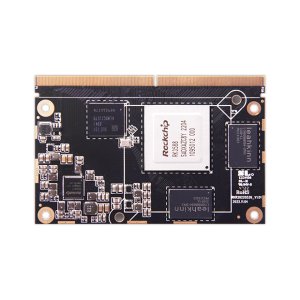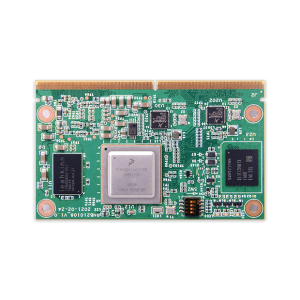Exploring the Benefits of Using Computer on Modules in Industrial Applications
Exploring the Benefits of Using Computer on Modules in Industrial Applications
Blog Article
Side computing has surfaced as a innovative trend in the tech market, enabling quicker knowledge handling and paid down latency by taking computational power nearer to wherever data is created. A key invention encouraging that change may be the increase of imx8m nano computer on module which are compact, efficient, and adaptable processing products made to incorporate easily in to personalized equipment systems.

The Position of Pc on Segments in Edge Research
Pc on Segments are becoming vital in edge computing due to their capability to streamline equipment style while sustaining robust handling capabilities. According to a recent report by MarketsandMarkets, the global edge research industry is projected to develop from $40.84 billion in 2021 to $132.11 thousand by 2026, with COMs playing a substantial role in that expansion.
These adventures are particularly impactful in industries requiring real-time data analysis at the edge. As an example, the transportation market employs COMs in autonomous cars for real-time decision-making, while smart cities utilize them to control programs like traffic movement and energy distribution.
Small and Flexible Style
Among the standout faculties of Computer on Modules is their lightweight and modular design. This allows designers to combine high-performance research energy into edge products without the necessity for considerable equipment redesign. A study by IoT Analytics found that 68% of organizations implementing IoT answers consider modular hardware like COMs essential for quick implementation and scalability.
COMs also support personalized designs, making them suitable for a wide range of purposes, from industrial automation to healthcare. Their ability to adjust to particular requirements is really a driving power behind their adoption in side computing systems.
Energy Performance and Performance
Edge processing units frequently work in environments with restricted energy resources. COMs handle this problem by providing improved power effectiveness without compromising on computational strength. A examine by Allied Industry Research highlighted that energy-efficient side computing answers are expected to master the market through 2030, positioning COMs as a critical component for reaching this goal.
Furthermore, with advancements in processors and integrated graphics, COMs now provide the efficiency necessary for AI-driven programs at the edge. This not only improves real-time abilities but also decreases dependence on centralized cloud systems.
Why the Future Belongs to COMs
With world wide data era projected to achieve 175 zettabytes by 2025, edge computing is defined to are more integral than ever. Computer on Adventures provide an adaptable, energy-efficient, and scalable alternative for control this influx of data. Their relevance across diverse groups like healthcare, production, and telecommunications just underscores their critical position in surrounding the ongoing future of side computing.
COMs are no longer just a scientific tendency; they are the backbone of next-generation edge methods driving development and effectiveness over the globe. As the demand for edge processing is growing, therefore can the importance and impact of COMs in that quickly changing landscape. So, it's secure to express that Pc on Modules are here to stay and will carry on shaping the ongoing future of side computing.

Conclusion
Edge research is transforming the way we method and utilize data, with Computer on Modules at the front of this revolution. Their compact style, usefulness, energy effectiveness, and performance make sure they are a perfect solution for control real-time information at the edge. As industries significantly rely on side research due to their operations, COMs will enjoy an essential role in driving invention and effectiveness in these systems. Report this page